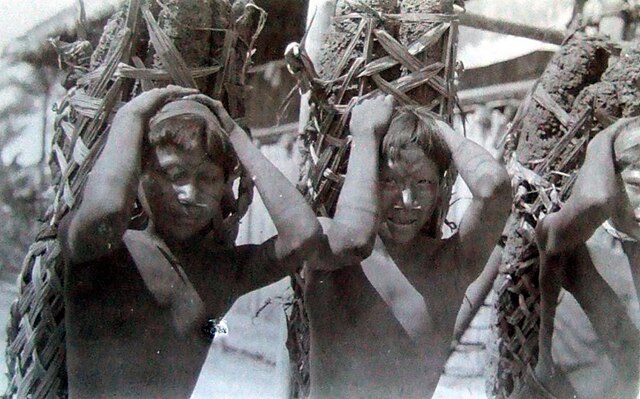A rubber band is a loop of rubber, usually ring or oval shaped, and commonly used to hold multiple objects together. The rubber band was patented in England on March 17, 1845, by Stephen Perry. Most rubber bands are manufactured out of natural rubber as well as for latex free rubber bands or, especially at larger sizes, an elastomer, and are sold in a variety of sizes.
Standard amber rubber bands
≈10 Royal Mail rubber bands, on a letter size guide.
Ranger bands made from moped inner tube
British cave diving style sidemount harness showing snoopy loops used to stow hoses against the cylinders
Rubber, also called India rubber, latex, Amazonian rubber, caucho, or caoutchouc, as initially produced, consists of polymers of the organic compound isoprene, with minor impurities of other organic compounds. Thailand, Malaysia, Indonesia, and Cambodia are four of the leading rubber producers.
Pieces of natural vulcanized rubber at Hutchinson's Research and Innovation Center in France.
Latex being collected from a tapped rubber tree, Cameroon
Rubber tree plantation in Thailand
"Enslaved natives with a load of rubber weighing 75 kilos, they have journeyed 100 kilometers with no food given"








